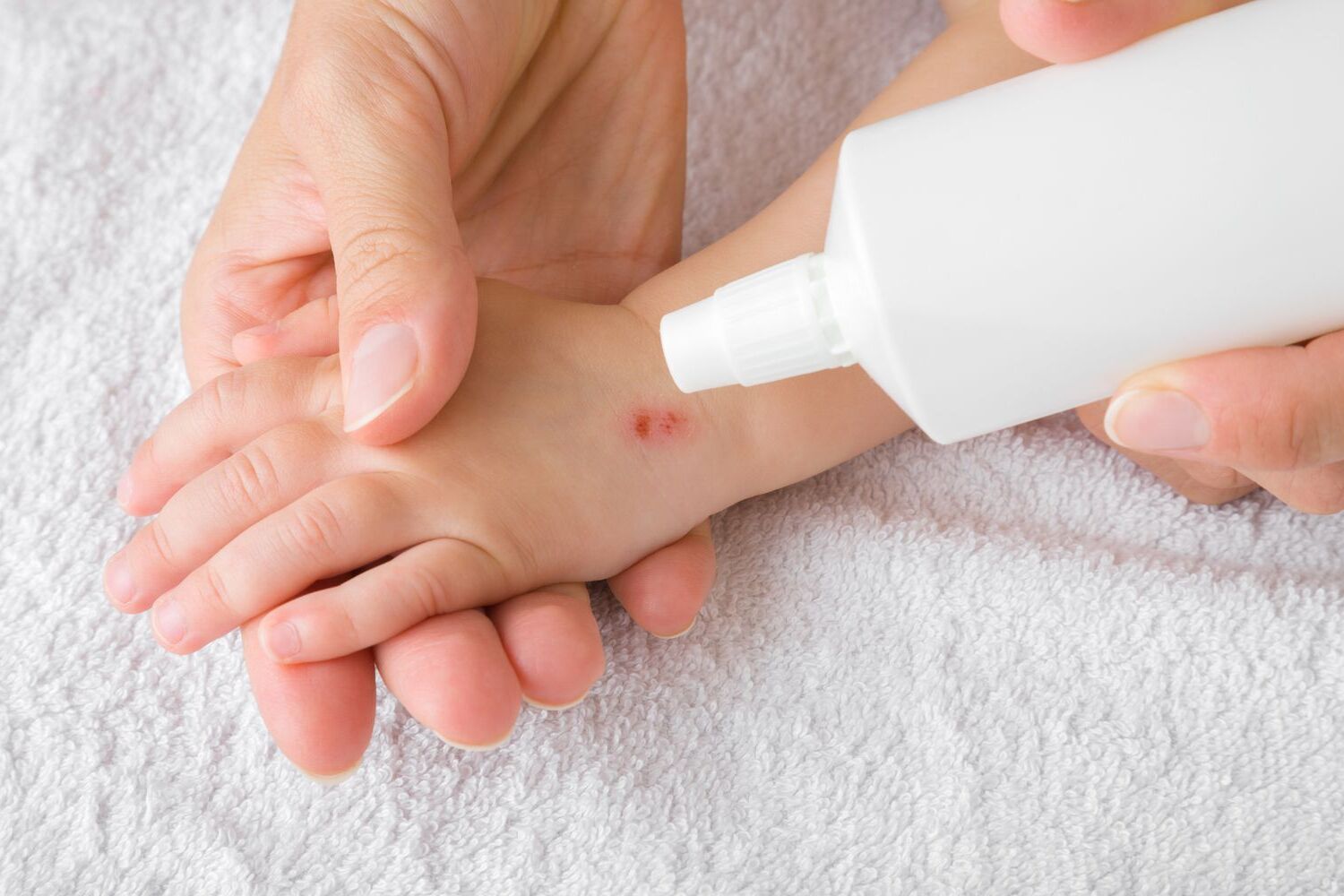
Antiseptics are substances that prevent the growth of disease-causing microorganisms. They play a crucial role in medical settings, ensuring wounds stay clean and free from infection. But did you know antiseptics are also found in everyday items like mouthwash and hand sanitizers? Listerine, for example, was originally developed as a surgical antiseptic before becoming a popular mouthwash. These substances have a fascinating history, dating back to ancient civilizations that used wine, vinegar, and even honey for their antibacterial properties. Today, antiseptics are more advanced, offering a wide range of applications from healthcare to household cleaning. Let's dive into 32 intriguing facts about these life-saving substances!
Key Takeaways:
- Antiseptics are essential for preventing infections and maintaining hygiene. They come in various forms like wipes, creams, and sprays, and have a long history dating back to ancient civilizations.
- Some surprising natural antiseptics include honey, garlic, and even sunlight! However, there is a concern about antiseptic resistance, similar to antibiotic resistance, which is something to keep an eye on.
What is Antiseptic?
Antiseptics are substances that prevent the growth of disease-causing microorganisms. They are crucial in medical settings and everyday life for maintaining hygiene and preventing infections.
- Antiseptics are different from antibiotics. Antibiotics kill bacteria inside the body, while antiseptics work on external surfaces.
- Listerine, a popular mouthwash, was originally developed as a surgical antiseptic.
- Joseph Lister is known as the father of antiseptic surgery. He introduced carbolic acid to sterilize surgical instruments and clean wounds.
- Alcohol-based antiseptics are effective against a wide range of bacteria, viruses, and fungi.
- Iodine is a common antiseptic used in hospitals. It is effective against bacteria, viruses, and fungi.
- Chlorhexidine is another antiseptic often used in mouthwashes and skin cleansers.
- Hydrogen peroxide is a mild antiseptic used for cleaning wounds and disinfecting surfaces.
- Antiseptic creams are used to treat minor cuts, burns, and abrasions.
- Antiseptic wipes are convenient for cleaning hands and surfaces when soap and water are not available.
- Essential oils like tea tree oil and eucalyptus oil have natural antiseptic properties.
Historical Use of Antiseptics
Antiseptics have a long history, dating back to ancient civilizations. They have evolved significantly over time.
- Ancient Egyptians used honey and resins as antiseptics for wounds.
- Hippocrates, the father of medicine, recommended vinegar for cleaning wounds.
- Medieval surgeons used wine as an antiseptic during surgeries.
- Ignaz Semmelweis discovered the importance of handwashing with chlorinated lime solutions to prevent infections in the 19th century.
- Carbolic acid was the first widely used antiseptic in modern medicine, introduced by Joseph Lister in the 1860s.
- Phenol was used as an antiseptic in the late 19th and early 20th centuries but was later replaced by safer alternatives.
Modern Applications of Antiseptics
Today, antiseptics are used in various settings, from hospitals to households, to prevent infections and maintain hygiene.
- Hand sanitizers are alcohol-based antiseptics that kill germs on hands without the need for water.
- Antiseptic sprays are used to disinfect surfaces in homes, hospitals, and public places.
- Mouthwashes containing antiseptics help reduce oral bacteria and prevent gum disease.
- Antiseptic solutions are used to clean surgical sites and prevent infections during medical procedures.
- Antiseptic ointments are applied to wounds to prevent bacterial infections.
- Antiseptic soaps are used in healthcare settings to reduce the risk of infections.
- Antiseptic dressings are used to cover wounds and promote healing while preventing infections.
- Veterinary antiseptics are used to treat animals and prevent infections in wounds and surgical sites.
Interesting Facts About Antiseptics
Antiseptics have some fascinating aspects that highlight their importance and versatility.
- Honey has natural antiseptic properties and has been used for centuries to treat wounds.
- Silver has antimicrobial properties and is used in some antiseptic dressings and creams.
- Garlic contains allicin, a compound with natural antiseptic properties.
- Sunlight has natural antiseptic properties due to its ultraviolet (UV) rays.
- Saltwater is a natural antiseptic that can help clean wounds and prevent infections.
- Vinegar has been used as an antiseptic since ancient times and is still used in some natural remedies.
- Boric acid is an antiseptic used in some eye washes and skin treatments.
- Antiseptic resistance is a growing concern, similar to antibiotic resistance, where microorganisms become resistant to antiseptics.
The Final Word on Antiseptics
Antiseptics play a crucial role in keeping wounds clean and preventing infections. From ancient times to modern medicine, their importance can't be overstated. They come in various forms like liquids, creams, and wipes, making them versatile for different needs. Common antiseptics include alcohol, iodine, and hydrogen peroxide. Each has its own strengths and best-use scenarios.
Knowing how to use antiseptics properly ensures they work effectively. Always follow instructions on the label and consult a healthcare professional if unsure. Misuse can lead to skin irritation or reduced effectiveness.
Antiseptics are a staple in first aid kits, hospitals, and households. They help maintain hygiene and promote faster healing. Understanding their benefits and proper usage can make a big difference in health outcomes. So, next time you reach for that antiseptic, you'll know just how vital it is.
Frequently Asked Questions
Was this page helpful?
Our commitment to delivering trustworthy and engaging content is at the heart of what we do. Each fact on our site is contributed by real users like you, bringing a wealth of diverse insights and information. To ensure the highest standards of accuracy and reliability, our dedicated editors meticulously review each submission. This process guarantees that the facts we share are not only fascinating but also credible. Trust in our commitment to quality and authenticity as you explore and learn with us.
